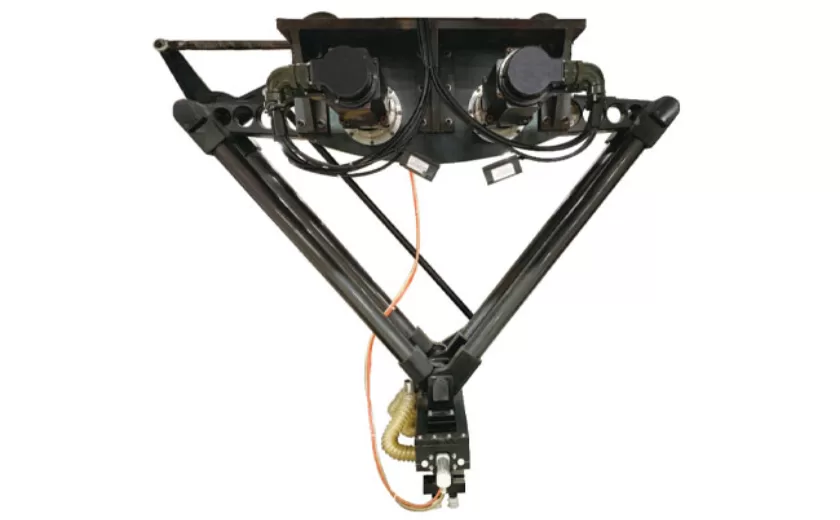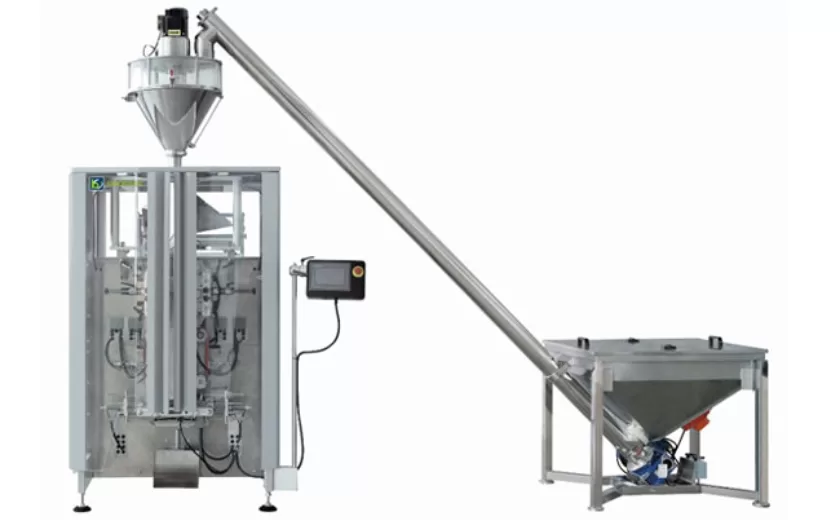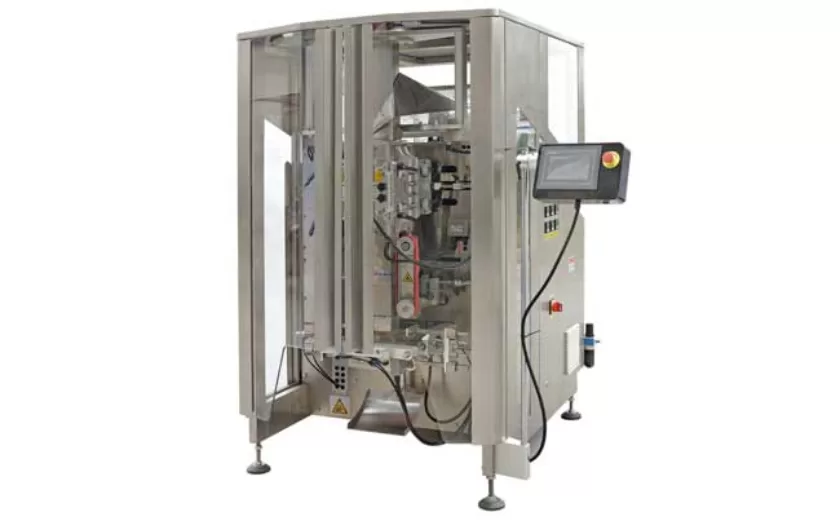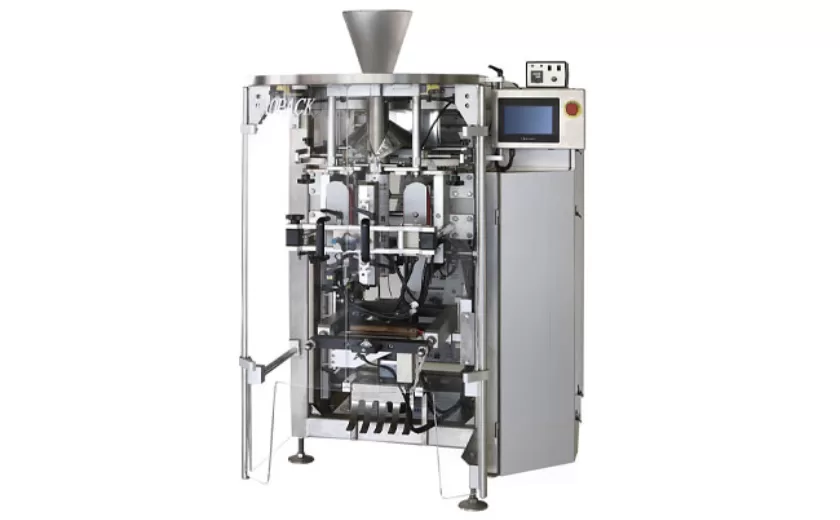Exploring Different Types of Soap Powder Packaging Materials
Introduction
In the realm of household cleaning, soap powder stands as a ubiquitous necessity. Its effectiveness in removing dirt, grime, and stains has made it an indispensable part of daily life. As such, the packaging of soap powder plays a crucial role in preserving its quality, ensuring its ease of use, and safeguarding the environment. This article delves into the diverse range of packaging materials employed for soap powder, exploring their respective advantages, drawbacks, and suitability for different applications.
Paper-Based Packaging
Advantages:
Biodegradable: Paper-based packaging is derived from renewable resources and can be broken down naturally, minimizing environmental impact.
Cost-effective: Paper is a relatively inexpensive material, making it a cost-effective option for packaging soap powder.
Versatile: Paper can be easily molded into various shapes and sizes, providing flexibility in packaging design.
Drawbacks:
Susceptible to moisture: Paper is prone to deterioration when exposed to moisture, potentially compromising the quality of the soap powder.
Limited durability: Paper-based packaging is not as durable as other materials, making it susceptible to tearing or punctures during handling.
Prone to discoloration: Paper can yellow or fade over time, affecting the aesthetic appeal of the packaging.
Plastic-Based Packaging
Advantages:
Durable: Plastic materials provide excellent protection against moisture, contamination, and physical damage.
Versatile: Plastics can be molded into a wide range of shapes and sizes, allowing for innovative packaging designs.
Lightweight: Plastic packaging is lightweight, reducing shipping costs and environmental burden.
Drawbacks:
Environmental concerns: Plastic packaging can take hundreds of years to decompose, contributing to landfill waste and environmental pollution.
Costlier: Plastic packaging can be more expensive than paper-based alternatives.
Potential for chemical leaching: Some plastic materials may release harmful chemicals into the soap powder over time, raising concerns about safety.
Metal-Based Packaging
Advantages:
Ultra-durable: Metal containers provide excellent protection against moisture, air, and physical damage, ensuring the longevity of the soap powder.
Reusable: Metal containers can be reused multiple times, reducing waste and promoting sustainability.
Resistant to chemicals: Metal packaging is inert and does not react with soap powder, maintaining its quality and freshness.
Drawbacks:
Heavier: Metal packaging is significantly heavier than other materials, increasing shipping costs and environmental impact.
More expensive: Metal containers are typically more expensive than paper-based or plastic alternatives.
Limited design options: Metal packaging is less versatile in terms of shape and design compared to other materials.
Biodegradable and Compostable Packaging
Advantages:
Sustainable: Biodegradable and compostable packaging materials, such as starch-based films or plant-derived fibers, break down naturally without harm to the environment.
Renewable: These materials are derived from renewable resources, reducing reliance on fossil fuels.
Promotes waste reduction: Biodegradable packaging can be composted at home or in industrial facilities, diverting waste from landfills.
Drawbacks:
Limited availability: Biodegradable and compostable packaging materials are not as widely available as traditional packaging options.
Higher cost: These materials can be more expensive than other alternatives due to their specialized production process.
Potential performance limitations: Biodegradable packaging may not provide the same level of protection and durability as traditional materials.
-
Advanced Packing Solutions: Snacks, Sugar, and Frozen Food Machines
29-10-2025 -
Efficient and Reliable Solutions for Salt, Nuts, and Frozen Dumplings Packing
29-10-2025 -
High-Performance Biscuits, Lollipop, and Ketchup Packing Machines for Modern Food Production
29-10-2025 -
Efficient Liquid Filling and Packing Machines for Modern Production
23-10-2025 -
Reliable Granule Packaging Machines for Efficient Production
23-10-2025 -
Efficient Auger Powder Filling Machines for Accurate Packaging
23-10-2025 -
High-Performance Liquid Filling and Packing Machines for Hygienic Production
10-10-2025 -
High-Efficiency Granule Packaging Machines for Precision and Speed
10-10-2025 -
High-Precision Auger Type Powder Filling Machines for Efficient Packaging
10-10-2025 -
Efficient Vertical Form Fill Seal Packaging Machines for Smart Production
10-10-2025











